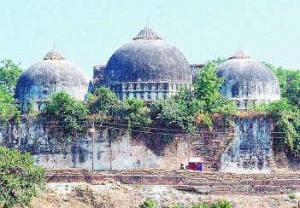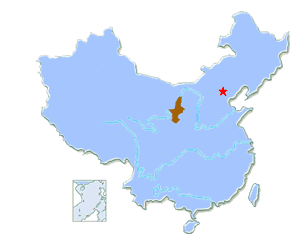Obeidi walked down the hallway into a large carpeted room, which will someday house a Sunday school. On nice days, its big windows frame a view of Mt. McKinley, and far beyond that, on the other side of the world, is Mecca.
The Islamic holy land may be more than 6,000 miles away, but Anchorage has increasingly become a destination for Muslims, who now number as many as 3,000 in the city, the ICCAA estimates.
The draw is partly economic — Alaska’s economy was barely touched by the recession — and partly connected to waves of government refugee resettlement in Alaska’s largest city. White non-Hispanics now make up just over half the population of Anchorage. The rest is made up of a diverse mix of cultures: Alaska Natives, Pacific Islanders, Asians, Africans and Hispanics. More than 100 languages are spoken in the Anchorage schools.
That striking diversity is amplified among Muslims, who are far more likely to be immigrants and refugees. While many mosques in U.S. cities are tied to a single ethnic group, Friday prayers in Anchorage might draw Gambians, Pakistanis, Albanians, Somalis, Sudanese, Egyptians, Palestinians, Iraqis, Bangladeshis, Burmese, Russians and Malaysians, among others.
“They are white, they are black, they are brown,” Obeidi says.
The ICCAA is for now without an imam and the search for one must be executed carefully, he says, so as not to favor one language or culture over others.
“We want somebody born in this country, raised in this country, who understands our mentality,” Obeidi says.
Anchorage’s Muslim community is one of the most flexible in the United States, he says.
“The reason is diversity,” he says.
Obeidi leads religious talks for city Muslims several times a month. He says he tries to focus on how to lead a successful life in America and “morality, how to change for the better your position in life.”
















